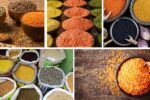Lemons and limes (Citrus limon and Citrus aurantiifolia / Citrus latifolia) are two of the most widely cultivated citrus fruits in the world. Revered for their vibrant flavor, zesty aroma, and nutritional benefits, these fruits are essential ingredients in kitchens, beverages, cosmetics, and even medicines.
But among all producing nations, which country leads the world in lemon and lime production? The answer is India, a country whose favorable climate, fertile soils, and long-standing citrus cultivation traditions make it the global leader. This article explores India’s dominance, other major producers, global trade, and the nutritional, cultural, and economic significance of lemons and limes.
Understanding Lemons and Limes
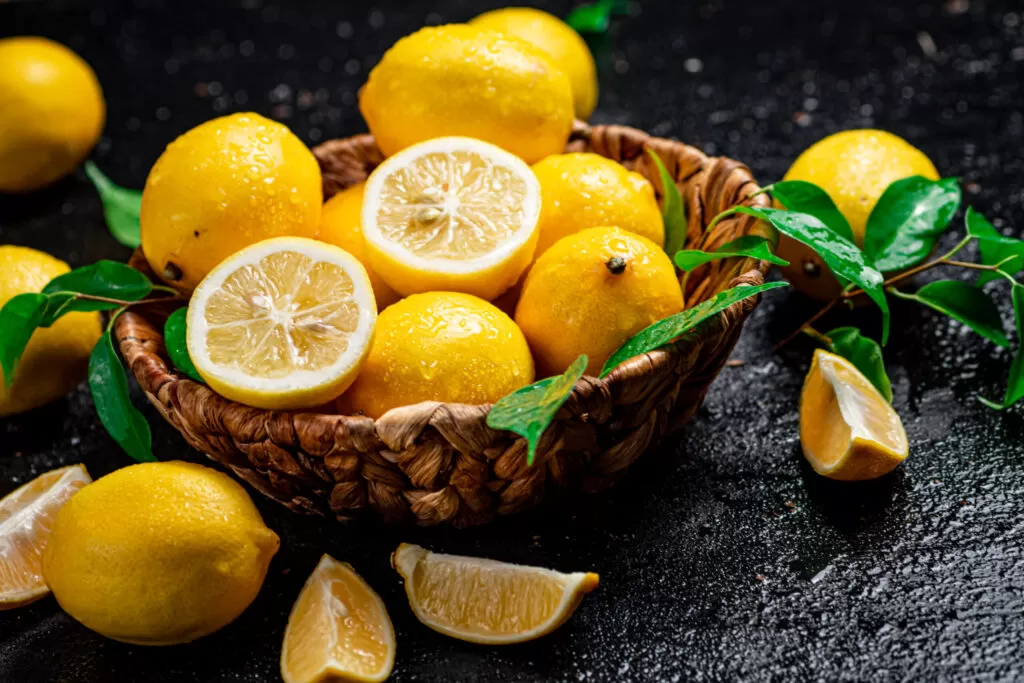
Lemons and limes are small, oval fruits with bright green to yellow skin, depending on ripeness and variety. They are celebrated for their tangy taste, versatility, and health benefits.
Key Features:
- Flavor and Aroma: Tart, refreshing, and aromatic. Limes tend to be slightly more bitter, while lemons are more acidic and bright.
- Varieties: Popular lemon varieties include Eureka, Lisbon, and Meyer; lime varieties include Key lime, Persian lime, and Kaffir lime.
- Uses: Culinary (drinks, marinades, dressings, desserts), beverages, pickles, cosmetic products, and traditional medicine.
- Nutritional Benefits: Rich in vitamin C, potassium, folate, antioxidants, and flavonoids.
- Health Benefits: Boost immunity, aid digestion, support heart health, promote skin health, and act as a natural detoxifier.
Lemon and lime trees thrive in subtropical and tropical climates with adequate sunlight, well-drained soil, and moderate rainfall. They are evergreen and can produce fruit year-round in ideal conditions.
India: The Global Leader in Lemon and Lime Production
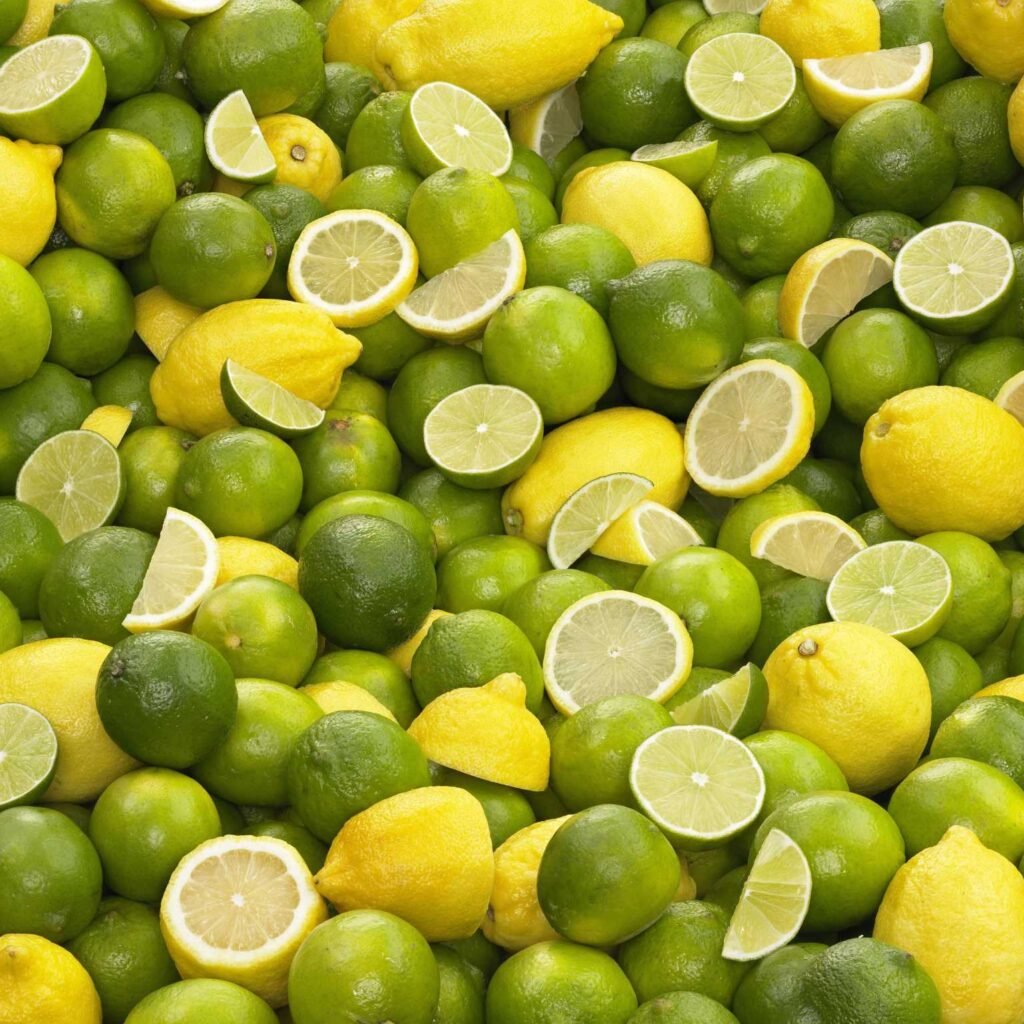
Production Scale
India is the largest producer of lemons and limes globally, contributing over 25% of world production. According to FAO and other agricultural statistics, India produces more than 3 million metric tons of lemons and limes annually, far outpacing other countries.
Factors Behind India’s Dominance
- Ideal Climate and Geography
India’s diverse climate, ranging from tropical to subtropical, provides excellent growing conditions. Major producing states include Maharashtra, Andhra Pradesh, Karnataka, Tamil Nadu, Punjab, and Gujarat. Warm temperatures, ample sunlight, and fertile soils contribute to high yields. - Extensive Cultivation Areas
India has over 250,000 hectares dedicated to lemon and lime cultivation, with both commercial orchards and smallholder farms playing a role. - Varietal Diversity
India cultivates numerous varieties to meet domestic and export demands:- Eureka and Lisbon (Lemon): Widely grown for juice extraction and fresh consumption.
- Kagzi Lime (Indian Lime): Popular for cooking, pickling, and beverages.
- Meyer Lemon (Hybrid): Gaining popularity for its sweeter flavor in niche markets.
- Traditional and Modern Farming Practices
Indian farmers combine traditional knowledge with modern techniques such as grafting, fertigation, pruning, and integrated pest management to ensure consistent yields and superior fruit quality. - Export-Oriented Production
India exports lemons and limes, especially to the Middle East, Europe, and Southeast Asia. In addition to fresh fruit, processed products like lime juice, concentrates, and essential oils are important export commodities.
Other Major Lemon and Lime Producers
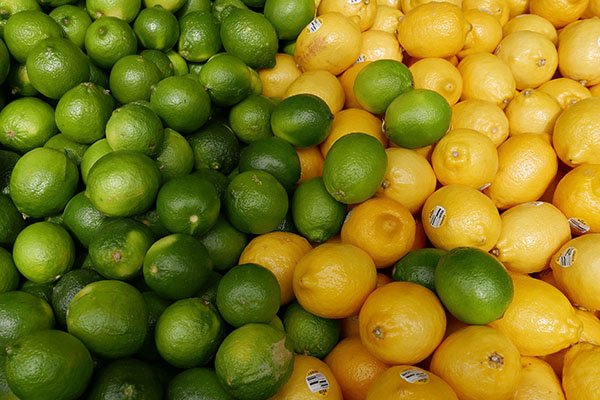
While India leads, several other countries contribute significantly to global production:
1. Mexico
- Annual Production: Approximately 2.2–2.5 million metric tons.
- Highlights: Mexico is a major exporter of limes, particularly Key limes, to the United States and Europe. Citrus cultivation is concentrated in Veracruz, Michoacán, and Colima.
2. Argentina
- Annual Production: Around 1.5–1.8 million metric tons.
- Highlights: Major lemon exporter; predominantly produces Eureka and Lisbon varieties. Tucumán Province is the heart of Argentina’s lemon industry.
3. Brazil
- Annual Production: Roughly 1.3–1.5 million metric tons.
- Highlights: Grows lemons and limes for domestic consumption and export; key regions include São Paulo, Minas Gerais, and Bahia.
4. Spain
- Annual Production: Approximately 1–1.2 million metric tons.
- Highlights: Grows lemons and limes mainly for European markets; Murcia and Valencia are leading production regions.
5. Other Countries
- Italy, Turkey, Egypt, and the United States (primarily California and Florida) contribute smaller-scale production, mainly for domestic consumption and limited exports.
Global Lemon and Lime Market and Trade
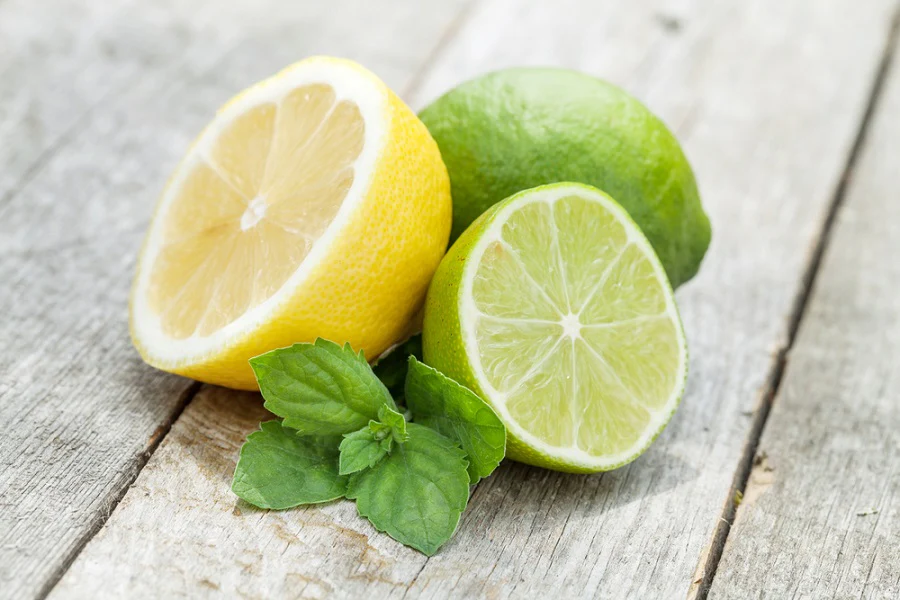
Lemons and limes are globally traded commodities with rising demand:
- India: Dominates both domestic and international markets; exports fresh fruit, juice concentrates, and essential oils.
- Mexico: Supplies the U.S., Europe, and Asia, focusing primarily on Key limes.
- Argentina: Major supplier of Eureka and Lisbon lemons to European markets.
- Spain and Italy: Cater to European demand, emphasizing quality and fresh fruit.
Processed products, such as lime juice, concentrates, essential oils, and preserved lemons, extend the fruit’s market potential. The rising popularity of citrus-based beverages, health drinks, and culinary applications is driving global trade.
Nutritional and Health Benefits
Lemons and limes are nutritional powerhouses:
- Vitamin C: Supports immunity, skin health, and antioxidant protection.
- Potassium: Regulates blood pressure and supports heart health.
- Dietary Fiber: Aids digestion and improves gut health.
- Flavonoids: Anti-inflammatory and anti-cancer properties.
- Low Calorie: Ideal for weight-conscious diets.
Regular consumption of lemon and lime juice, zest, or whole fruit can support overall health, prevent scurvy, improve digestion, and enhance hydration.
Culinary and Cultural Significance

Lemons and limes are integral to global cuisine and culture:
- India: Used in cooking, beverages, pickles, chutneys, and traditional medicine. Lemon wedges accompany meals, and lime juice is a staple ingredient.
- Mexico: Essential for beverages like margaritas, culinary preparations, and street food flavoring.
- Argentina and Spain: Used for juice extraction, culinary dishes, and export markets.
- Global Trend: Increasingly popular in cocktails, health drinks, marinades, and desserts worldwide.
Lemon and lime cultivation also has cultural significance in festivals, agriculture fairs, and regional cuisine.
Challenges in Lemon and Lime Cultivation
Despite adaptability, lemon and lime production faces challenges:
- Climate Sensitivity
Frost, prolonged drought, or heavy rains can affect flowering and fruit development. - Pests and Diseases
Citrus canker, aphids, mites, and fruit flies require vigilant management. - Perishability
Fresh citrus has limited shelf life, demanding careful harvesting, storage, and transportation. - Market Price Fluctuations
Global supply and demand, weather events, and pest outbreaks influence pricing and farmer income.
Farmers use integrated pest management, irrigation, proper pruning, and post-harvest handling techniques to address these challenges.
The Future of Lemon and Lime Production
- Rising Global Demand
Health-conscious consumers are increasingly consuming lemons and limes for their nutritional benefits and culinary versatility. - Value-Added Products
Juice concentrates, essential oils, preserved lemons, and lime-based beverages are expanding markets and profitability. - Technological Advancements
Improved irrigation, grafting, pest control, and mechanized harvesting enhance yield and quality. - Emerging Producers
Tropical and subtropical regions in Africa, Asia, and South America are expanding lemon and lime cultivation to meet rising demand.
Final Thoughts
So, which country is the world’s top lemon and lime producer? The answer is India, producing over 3 million metric tons annually and supplying both domestic and international markets with fresh fruit, juice, and processed products.
Other significant producers include Mexico, Argentina, Brazil, and Spain, while emerging producers in Africa and Asia are expanding cultivation.
With their bright flavor, nutritional benefits, and global culinary appeal, lemons and limes continue to be a cornerstone of tropical and subtropical agriculture. India’s leadership ensures that these zesty fruits remain widely available across the world, making it the undisputed leader in lemon and lime production.





